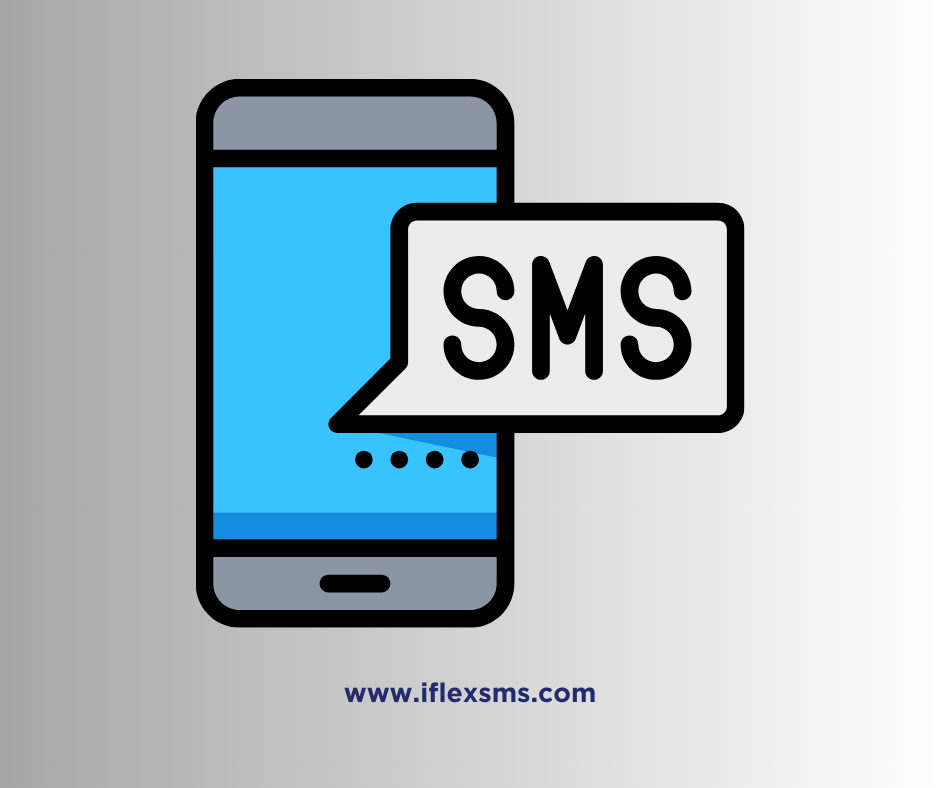Every day, we encounter some very amazing applications for SMS. ideas and concepts that defy convention and show the boundless potential and power of this straightforward mobile communication method. However, even we were taken aback and greatly pleased by the New York Times’ creative approach to current events.
The NY Times has used a novel storytelling technique to improve their coverage of the Olympics in an effort to rethink how people access and interact with news articles. Sam Manchester, the deputy sports editor, will be sending and receiving text messages from the RIO Olympic games for two weeks using the power of two-way SMS communication.
If someone does sign up for the program, they should anticipate receiving an automatic response from Sam that reads, “Hey. From the NYT sports desk, this is Sam. I’ll serve as your personal Rio Olympics guide.
Reaching New Heights in Innovation
The goal of the SMS trial is to offer a more “individualized experience” during the games. The purpose of the text messages is to provide opt-ins with an almost “behind the scenes” glimpse of the games from the perspective of an experienced journalist, which is something that many of us could never have imagined obtaining.
The ability for readers to write back to Manchester is an additional advantage of using SMS. The responses can be utilized to customize each reader’s experience, even though he won’t be able to respond to every post.
The NYT’s astute move is a covert attempt to connect with readers on the mobile and SMS platforms and applications that they are most accustomed to and comfortable using.
It is understandable why one of the biggest newspapers in the world wants to test the technology given that SMS has an astounding 97% open rate, with 90% of messages being read within the first 30 seconds of being received.
The Times’ Director of Personalization, Andrew Phelps, discussed the idea in more detail with CNNMoney.
Phelps, who spearheaded the initiative, stated, “Messaging apps are the new homescreen for a lot of users.” “We’ve spent a lot of time thinking about how we might tell stories through that lens and bring readers closer to the journalism and to the journalists.”
‘Couldn’t you just do this on Twitter,’ many have questioned, Phelps added. “We could, but our relationship is far more intimate. We can arrive at the same location as your mom, your friend, and your coworker.”
Manchester intends to send three to four messages every day, including emojis, movies, motion images, GIFs, and MMS.
Presenting the Games’ Choice
It is acknowledged that individuals who choose to use the service will also receive SMS with options, such as “What question should I ask this athlete?” Alternatively “Which team do you think will win this competition?” A team in New York will group the answers from readers, and Manchester can then compose responses specifically for each group.
According to the NYT, if this technology proves effective, SMS will be used for other major events including the NBA Playoffs, the Super Bowl, the Republican and Democratic conventions, and more.
“Obviously, this is foreign territory for me and for us, so we’re feeling it out as we go along,” he stated. “But it feels like a cool way to interact with our people, and to make the Times feel a little more user-friendly.”
Readers can text RIO to 63937 or register here to text Sam. The discussion will continue all the way through the Summer Games.

